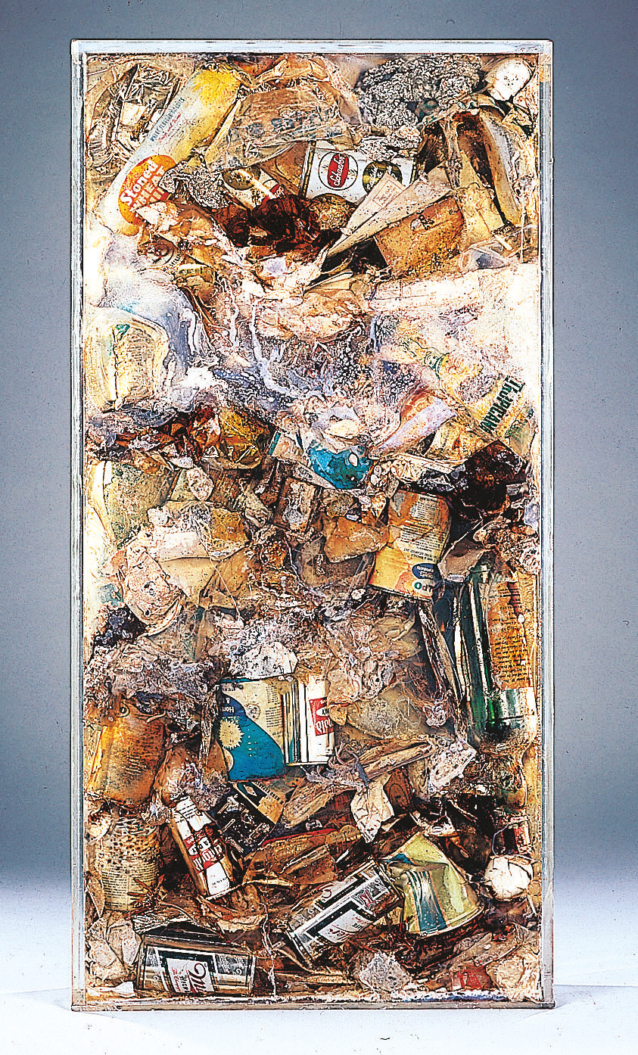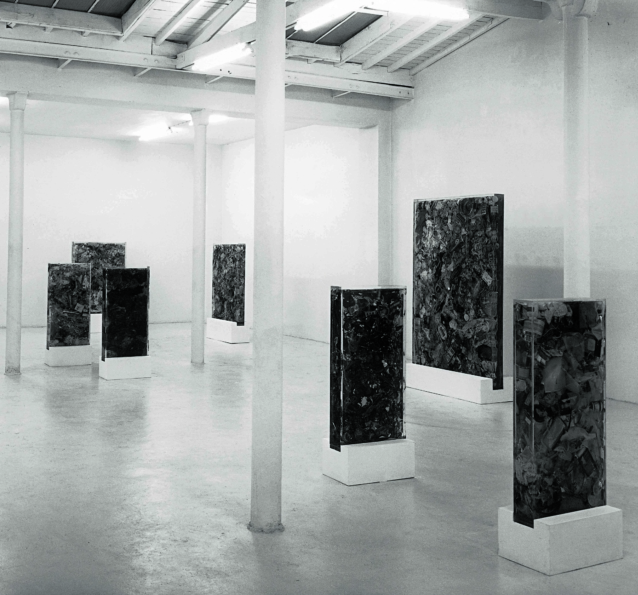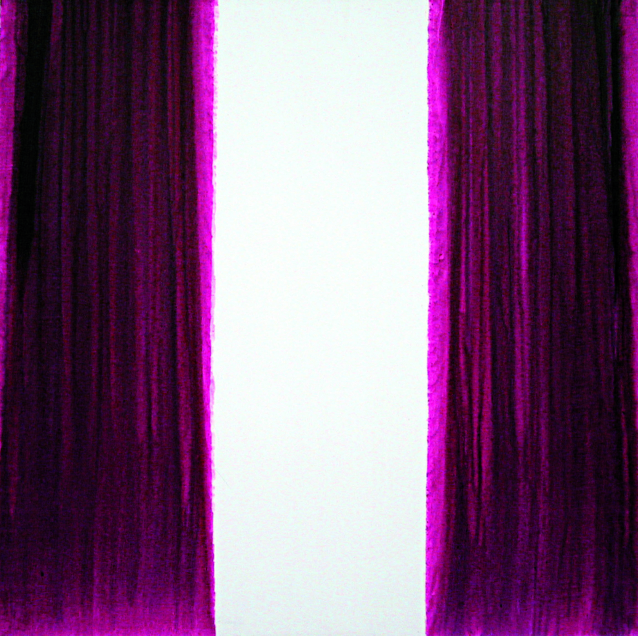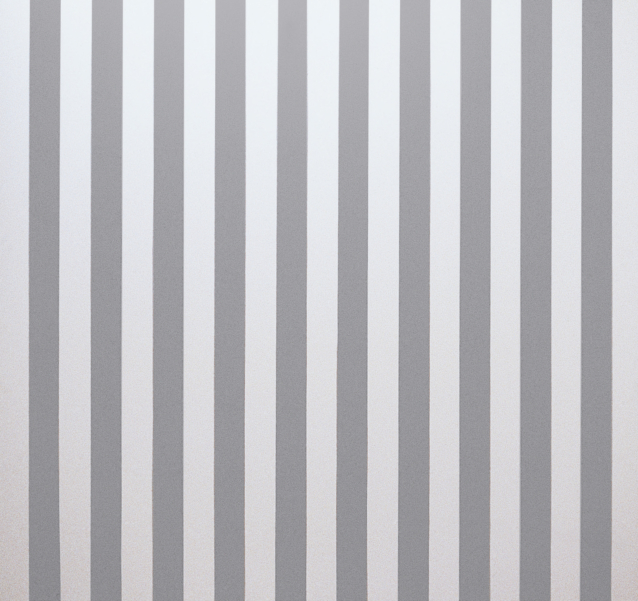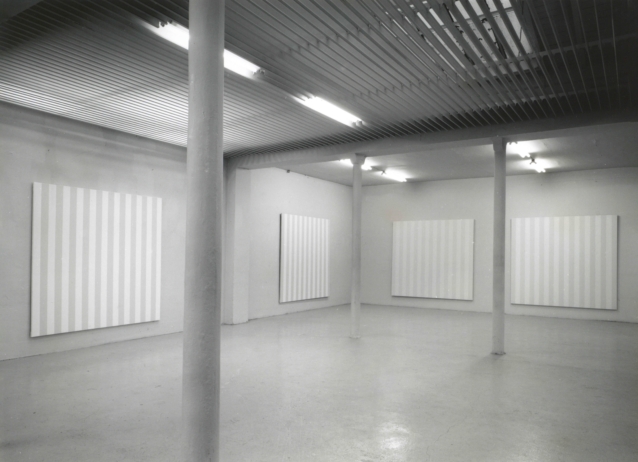History
Arman
Poubelles organiques
January 15 – February 16, 1974
Just over ten years ago, Arman filled an entire room at the Iris Clert gallery with – “clean” – garbage. […] Today, Arman takes up the same theme. He improves his technique and, paradoxically, enriches with a display of luxury the crumbs of a society whose opulence is measured by the volume of its residues. Arman, who has crushed and burned violins with the refinement of a cubist composition, accumulated objects produced by industry, and splendidly exploded tubes of color into the crystalline mass of polyester blocks, proposes a series of “garbage containers” as works of art. In a way, they are the trash cans of a society that produces, consumes and destroys. The process is symbolized in these Plexiglas boxes, […] filled to the brim with the scraps of what we consume. [A society’s trash is its image. “Industrial countries have the same trash cans,” says Arman.
“Today, the French woman resembles the American woman, because we consume more or less the same products. What we produce most per capita is not steel or butter, but garbage. He has “statufied” them in these polyester resin boxes to make both an observation and an instrument of “social critique”, as if they were becoming the exhibits of our reality for the archaeologists of the future. And for ourselves, as archaeologists of our own changing present. Gone are the “poor” means, and Arman is dressing up his old idea in new clothes. His “garbage cans” are now luxury objects, richly packaged as if to suit the American public, with whom his reputation has grown in recent years. […] To make this new series of “poubelles”, Arman’s Saint-Paul-de-Vence studio looks like a factory.
He lays out his narrow transparent Plexiglas boxes, prepares his synthetic resin, […] stirs his slag and fills his receptacles, which have become the reliquaries of a religion of consumption. [He wants to show the raw. And besides, “things work themselves out…”. Arman’s garbage sometimes resembles a Schwitters collage, sometimes an informal “composition”. Mummified, rot-proof, unalterable and stable, Arman’s “statufied” trash changes its nature by changing its state. Eventually, they become images. But after improving their “packaging”, Arman declares that he’s done with ” trash cans “.
Jacques Michel, Le Monde, January 1974
Marc Devade
February 19 – March 13, 1974
Psychoanalysis has mostly been used as a recipe (for example, by the Surrealists). How do you see this knowledge of psychoanalysis relating to your pictorial practice?
Lifting the veil [of] unconscious motifs, retracing the course of the drive from its archaic depths to the conscious surface, which in this way takes on an unheard-of depth, is the work of painting, its practice, and it has nothing to do with any surrealist representation of the unconscious conceived as substance, with any modernist staging like “body art” or whatever…. […] Painting consists in tracing this process, which passes through what has always been repressed by the figure and then the form: color, the sexual impulse at work within it, which produces it and the subject and its language at the same time. Man’s sexual drive is a highly complex assembly, born of the contribution of numerous components and partial drives. These drives originate in excitations sent from the erogenous zones […] and which serve the sexual life; part of these excitations is diverted from sexual goals and directed towards other goals, a process that deserves the name of “sublimation”, as Freud puts it.
Catherine Millet, art press, February 1974
Olivier Mosset
April 11 – May 4 , 1974
It was in 1973 that I produced my striped paintings. They were exhibited in 1974 at Daniel Templon in Paris, and caused quite a controversy. The affair was further aggravated by the anonymous distribution of a forged invitation calling the exhibition Hommage à Daniel Buren, and by the gallery’s sending a copy of a letter from Buren to its files, which also turned out to be a forgery! While the paintings seemed to appropriate Buren’s visual tool, I was in fact questioning the signature linked to the use of this tool, and the relationship between form and content. At the time, it seemed to me that the reception of BMPT’s work had been modified by the immediate identification of the paintings with their authors. With this new work, I wanted to return to the reflections developed during the exhibition at Galerie J. and re-launch a debate on painting. This event exhibited canvases with alternating gray and white vertical stripes 10 cm wide, the first and last being white. The 200 x 210 cm canvases were first painted white, then the gray stripes were added.
Aside from the controversy, didn’t this exhibition enable you to revive your pictorial practice from and outside BMPT? Indeed, it was a question of getting away from the repetition of the motif that was associated with me. It was about repeating something I could make my own! In 1976, a second series of these striped paintings was exhibited at Daniel Templon. The canvases were painted white, then off-white (or vice versa). I wanted to simultaneously reintroduce color and get away from repetition, since the white was “broken” each time by different colors. I completed this series with a white-on-white canvas (which was sold in the studio). In November 1976, I produced a similar work, but which, in my mind, was its perfect opposite, for the Ecart gallery in Geneva.
Interview by Lionel Bovier and Christophe Cherix Excerpt from Olivier Mosset, travaux, works 1966-2003
